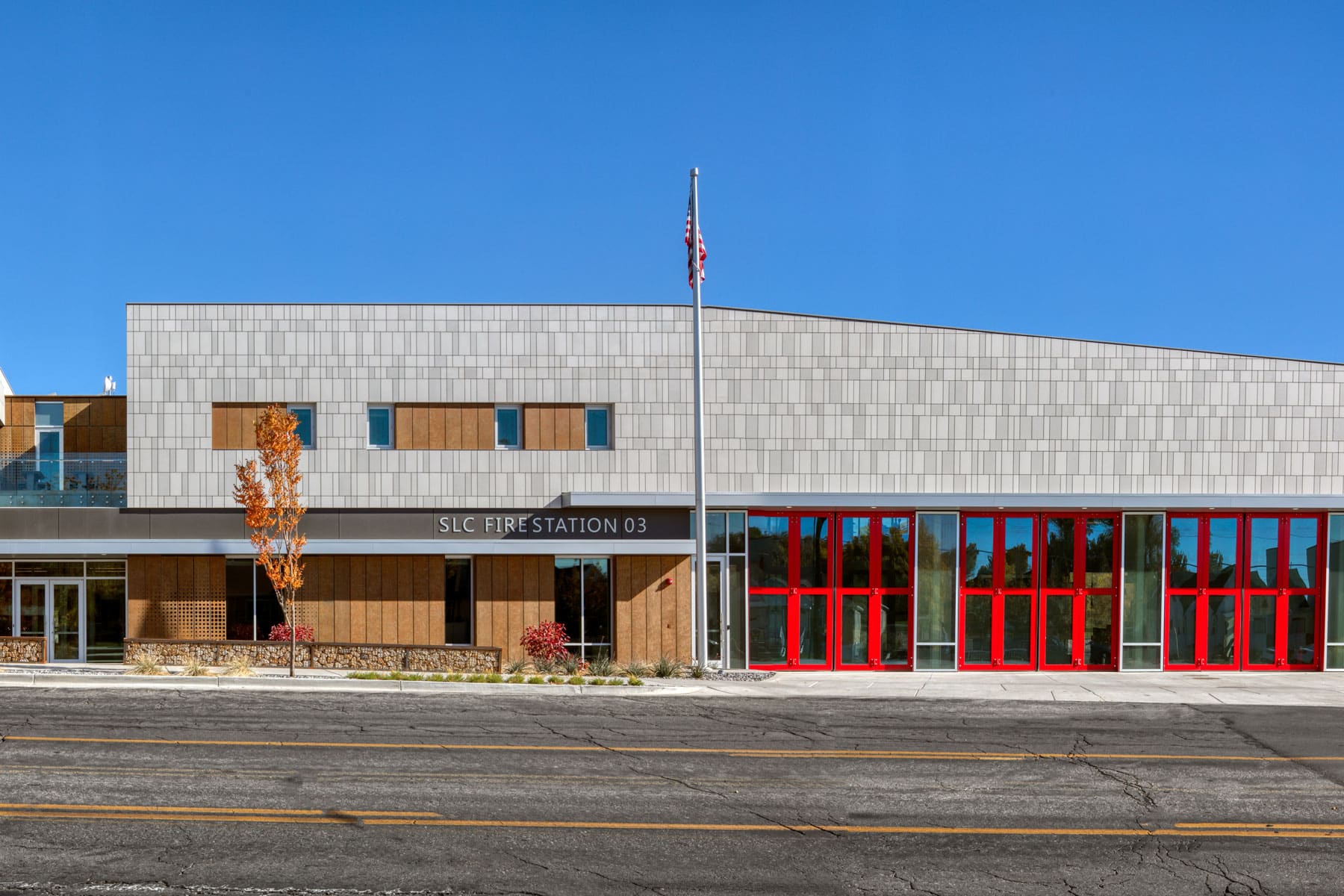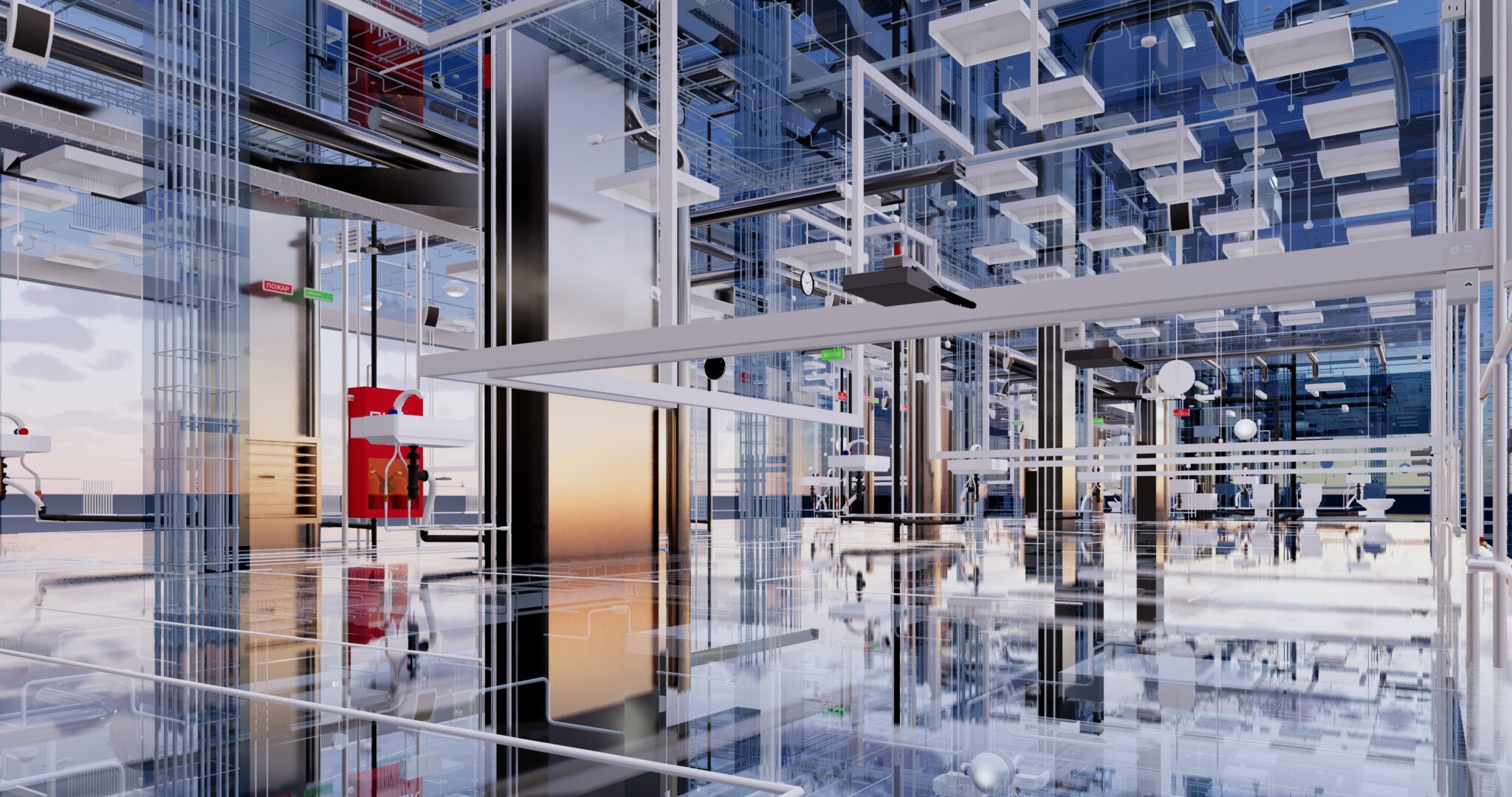As MEP (mechanical, electrical, and plumbing) engineering continues to evolve, professionals in Salt Lake City must stay updated with the latest trends and innovations. As an established MEP engineering firm in Salt Lake City, our team at VBFA has a track record of expertise in designing innovative and sustainable MEP systems. With over 50 years of experience in the industry, we know how to keep up with changing trends in the industry.
In this post, we will explore the current state of MEP engineering in Salt Lake City, highlight emerging trends, discuss innovations in MEP engineering practices, examine the role of regulations and building codes, and address the challenges and considerations faced by professionals in the industry. We will also provide insights into the future outlook for MEP engineering in Salt Lake City.
The Current State of MEP Engineering in Salt Lake City
At VBFA, our mission is to create a better, safer, more comfortable world — and that’s what our industry is all about.
Salt Lake City has a thriving MEP engineering landscape with a high demand for skilled professionals. MEP engineering plays a crucial role in the construction and development of buildings, ensuring the efficient functioning of the building’s critical systems. From designing HVAC (heating, ventilation, and air conditioning) systems to electrical power distribution, mechanical engineers, electrical engineers, and plumbing engineers must understand current MEP engineering standards to create safe and comfortable environments.
However, Salt Lake City’s unique geographical and climatic conditions pose specific challenges and opportunities for MEP engineering. The city experiences hot summers and cold winters, requiring specialized HVAC systems to handle extreme temperature variations. The region’s seismic activity also calls for robust structural designs and resilient MEP systems.
Our talented team at VBFA has completed numerous projects, ranging from commercial buildings to healthcare facilities. See our Engineering Services that can help you on your next project.
Emerging Trends in MEP Engineering
Sustainable and Green Building Practices
Modern MEP engineering emphasizes sustainability and green building practices. Salt Lake City has made significant strides in this area, with initiatives focused on reducing energy consumption and minimizing environmental impact. Today’s building owners and developers increasingly demand energy-efficient designs, renewable energy integration, and green building certifications, such as LEED (Leadership in Energy and Environmental Design). VBFA is proud to have designed more than 75 LEED-certified buildings to date.
Advanced Building Technologies
Technology continues to transform the future of MEP engineering rapidly. For example, Building Information Modeling (BIM) can revolutionize the industry. BIM allows mechanical engineers, electrical engineers, and plumbing engineers to create virtual models that simulate and analyze the performance of a building’s systems before construction begins. This helps identify potential issues, optimize system designs, and improve efficiency.
Energy Efficiency and Renewable Energy
MEP engineering will also keep shifting toward energy-efficient systems. With the rising costs of energy and increasing environmental concerns, buildings continue to become more energy-conscious. To reduce energy consumption, MEP engineers incorporate advanced technologies, such as heat pumps, energy recovery systems, smart sensors, and efficient lighting solutions.
Additionally, Salt Lake City integrates renewable energy sources, such as solar panels and geothermal power. These systems reduce reliance on non-renewable energy sources and contribute to a cleaner and more sustainable future.
Smart Buildings and Automation
Modern MEP engineering also utilizes the concept of smart buildings, which use automation and connectivity to optimize energy usage and improve occupant comfort. At VBFA, we have a dedicated controls division that helps our engineers optimize integration with these technologies.
Smart sensors, IoT (Internet of Things) technology, and Building Management Systems (BMS) integrate with MEP systems to create intelligent and responsive buildings. This enhances energy efficiency while providing valuable data for predictive maintenance and system optimization.
Innovations in MEP Engineering Practices

Case Studies and Examples
Salt Lake City has implemented several innovative MEP engineering projects, showcasing the capabilities of modern engineering practices. The LEED Net Zero Project, for example, reduces energy consumption by utilizing renewable energy sources and energy-efficient systems. These groundbreaking Engineering Projects positively impact the local community by reducing energy costs, minimizing carbon footprints, and creating sustainable living environments.
Collaboration and Integration
MEP engineers, architects, and contractors must collaborate for successful project outcomes. Integrated project delivery methods, such as Design-Build and Design-Assist, promote cross-disciplinary collaboration from the early design stages. This integrated approach ensures seamless coordination, minimizes conflicts, and maximizes efficiency throughout the project lifecycle.
Future-Proofing MEP Systems
Engineers in Salt Lake City must design MEP systems that can adapt to future changes where seismic activity and evolving building regulations present challenges. Future-proofing MEP systems involve employing flexible designs, using modular components, and considering potential upgrades or renovations. These ensure that MEP systems can accommodate changing needs and comply with evolving regulations.
The Role of Regulations and Building Codes in Salt Lake City on MEP Engineering Projects
With the ever-changing landscape of MEP engineering in Salt Lake City, professionals need a firm grasp of the specific regulations and building codes that govern projects. By staying updated and compliant with these requirements, you can ensure the smooth execution of your projects, mitigate any potential legal issues, and ultimately contribute to the overall safety and efficiency of the city’s buildings.
Salt Lake City’s building codes and standards continuously evolve to accommodate new trends and advancements in the industry. The increasing focus on sustainability, energy efficiency, and greener future makes aligning these principles with their practices crucial for MEP engineers. By adhering to the codes and standards set by the city, professionals can contribute to creating safe, environmentally friendly, and energy-efficient buildings.
VBFA engineers understand all the intricate details of these regulations and building codes. With our expertise and experience, we can assist individuals and organizations in ensuring that their projects meet all the requirements. Whether you need the appropriate permits or a thorough inspection, VBFA can guide you through the complexities of compliance, ensuring that your projects stay in line with industry practices and legal obligations.
By partnering with a reputable MEP engineering firm like VBFA, you get the peace of mind that comes with knowing your projects comply with the latest regulations and building codes. Compliance protects against any potential legal repercussions and ensures the project aligns with industry best practices and, thus, the efficiency and sustainability of the resulting buildings. With our expert knowledge and execution, our partners can confidently navigate the landscape of MEP engineering in Salt Lake City, creating safe, environmentally-conscious structures following all applicable regulations.
Challenges and Considerations of MEP Engineering in Salt Lake City
Salt Lake City has seen significant growth in construction and development projects in recent years, creating a demand for skilled MEP engineers. However, along with this growth comes a set of challenges and considerations that professionals in the industry must navigate.
MEP engineers in Salt Lake City face the challenge of adapting to emerging trends and technologies. The engineering field constantly evolves, with new tools, software, and techniques available. Staying up to date with these advancements can require continuous learning and upskilling. The rapid rate at which technology evolves compounds this challenge, making it crucial for professionals to stay ahead of the curve.
Salt Lake City MEP engineers could also consider incorporating sustainable and energy-efficient practices. With an increased focus on environmental sustainability and energy conservation, clients increasingly demand eco-friendly and energy-efficient buildings. However, implementing these practices may involve higher upfront costs, which could deter some clients. MEP engineers must find ways to communicate the long-term benefits of sustainable design effectively and showcase how it can lead to significant cost savings in the future.
In addition to technological advancements and sustainable practices, MEP engineers in Salt Lake City must also navigate the unique challenges of the local climate and geography. Salt Lake City experiences extreme weather conditions, including hot summers and cold winters. These conditions can significantly impact the performance and efficiency of HVAC systems, requiring engineers to design and implement solutions that can withstand these challenges. Overcoming these challenges requires a proactive approach from MEP engineers.
Professionals must actively seek opportunities for professional development and stay informed about the latest trends and technologies in the industry. Building solid relationships with clients and effectively communicating the long-term benefits of sustainable design can help overcome concerns about upfront costs. Furthermore, team members and stakeholders must collaborate and communicate effectively for successful MEP engineering projects.
Despite the challenges, the future of MEP engineering in Salt Lake City looks promising. With a proactive approach, a focus on continuous learning and adaptability, and a commitment to sustainable and energy-efficient practices, professionals in the industry can thrive in this dynamic and growing market. By addressing these challenges head-on, MEP engineers in Salt Lake City can contribute to developing innovative and sustainable buildings that meet the needs of clients and the community.
The Future Outlook for MEP Engineering in Salt Lake City
Advancements in technology, sustainability goals, and the need for energy-efficient solutions will drive the future of MEP engineering in Salt Lake City. As buildings become more intelligent, greener, and more connected, the role of MEP engineers will continue to evolve. Professionals in Salt Lake City should embrace change and adapt to industry shifts to remain relevant and competitive. By staying updated with emerging trends, collaborating with other disciplines, and implementing innovative practices, MEP engineers can contribute to the sustainable and efficient development of the city.
MEP engineering in Salt Lake City evolves rapidly. Stay updated with the latest industry practices in the field. Our renowned engineering firm offers a wide range of services to help you navigate the complexities of MEP engineering. By embracing sustainable practices, leveraging advanced technologies, and adhering to regulations and building codes, we can all contribute to the future of MEP engineering in Salt Lake City.
Learn more, engage in further discussions, seek professional advice, and explore our award-winning engineers in Salt Lake City and reviews and client testimonials. Embrace the future of MEP engineering and contact VBFA today.
